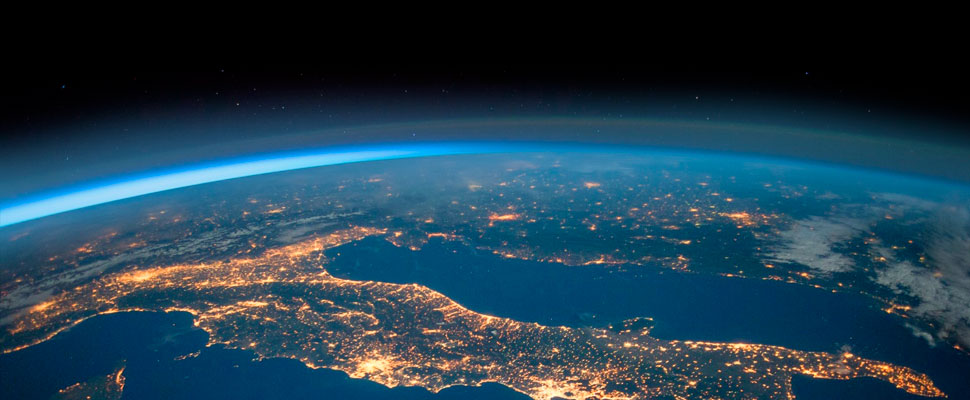Polarizing the earth: Harvard’s experiment to cool the planet
Listen this article
Climate change threatens life on earth and scientists seek innovative alternatives

The "Controlled Stratospheric Disturbance Experiment" or SCoPEx is the attempt of a group of Harvard scientists to reduce the temperature of the earth. The novelty and disturbing of the experiment is that it is a shield of protective particles that would cause sunlight to bounce back IGNORE INTO space.
Leer en español: Polarizar la tierra: la apuesta de Harvard para enfriar el planeta
It means a shield that would overshadow the earth and prevent sunlight from reaching its maximum expression. This would reduce the temperature of the planet and thereby mitigate climate change. Zhen Dai, Frank Keutsch, and David Keith are geoengineers who want to cool the planet by means of special particles.
According to the BBC, the experiment would be like polarizing the earth or applying sunscreen. Although the experiment is in an exploratory phase to see how these particles would behave, there are already those who have warned that the results could even worsen climate change because it would be playing with the earth's climate balance.
How will it take place?
The project corresponds to a solar geoengineering experiment to darken the planet and thus cool it down. Scientists plan to use a balloon filled with calcium carbonate. According to the BBC, this is a mineral powder used in other products such as cake mix, toothpaste, cement, pills for indigestion, among others. The balloon would rise 20 km and scatter its contents. The mixture would be in the atmosphere and reach a height of 1km. The dust in the atmosphere would cause light to bounce back IGNORE INTO space and reduce temperatures.
Read also: Unicorns and humans did live together
The Harvard group hopes to be able to study the chemical composition of light and how it is distributed once it is contact with the powder. Depending on the results, there be models on a larger scale. According to the journal Nature, thanks to the scattering of these particles in the atmosphere, the temperature could drop by 1.5 ° C.
However, there are concerns about the results. On the one hand, scientists interviewed by the BBC warn that scattering this dust could alter rainfall patterns generating drier seasons, the growth of plants would be affected because they would not have enough sunlight to grow, and the normal development of life in the planet would be affected if sunlight is reduced. On the other hand, experts fear that this type of innovation discourages work in more laudable strategies such as the Paris Agreement.
For the moment, we must wait what happens with the experiment.
LatinAmerican Post | Marcela Peñaloza
Translated from “Polarizar la tierra: la apuesta de Harvard para enfriar el planeta”





